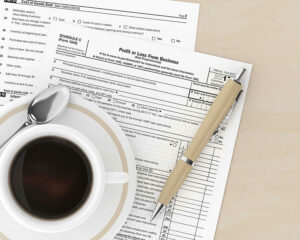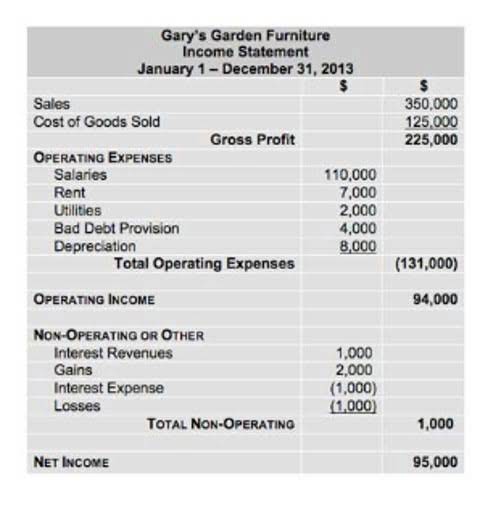
Trade payables are liabilities directly relating to business operations, such as purchases of goods or services used to carry out the main objects of the business. So, liabilities such as maintenance expenses and interest payables for borrowings fall into the non-trade payables. Modern accounts payable automation solutions can revolutionize the management of trade payables.
Adapting trade payables management to economic changes

The major components of liabilities are either long-term liabilities or current liabilities. Long-term liabilities are non-current liabilities such as bank loans, debentures, and long-term notes payable. These are residual trade or non-trade payables that have not been specified by the company or regulations or do not meet the criteria of being classified separately.

Choosing the Right AP Software for your business

The vendors who are essential to your business’s goods or services are the most valuable and depended on. Switching to paying on credit has the potential to harm that relationship if your payments aren’t timely. One significant difference between the two is that you usually enter trades payable into the accounting system through a special module that automatically generates the required accounting entries.
Discounts on Accounts Payable vs Accounts Receivable
Automating your accounts payable workflow speeds up invoice processing and ensures your vendors receive payments accurately and on time. In return, vendors are likely to deliver goods swiftly and offer future discount opportunities. Research reveals that 47% of companies pay one in ten invoices late, while 16% admit that they pay one in five invoices late.
Better inventory management
Taxes payable refer to the company’s federal, state, and local obligations. Picture a business that runs smoothly, where suppliers are paid on time, cash flow stays strong, and financial records are always accurate. Keeping track of what a company owes ensures steady operations and builds strong supplier relationships. Accounts payable represents the money a company owes to others, while accounts receivable reflects money owed to https://www.bookstime.com/ the company by its customers. Together, they provide a view of the company’s cash flow and short-term financial health.
- However, a low DPO may also indicate that the company is not taking advantage of the time to earn interest on its funds.
- Thus, the purchases account gets debited, and the accounts payable account gets credited.
- Unlike the current and quick ratios, which check overall liquidity, the trade payables turnover ratio focuses specifically on payments to suppliers.
- Proactive management of trade payables is not just about meeting obligations but strategically positioning the company for sustained success.
- Review supporting documents – Check each entry against its related invoice, purchase order, and delivery note to ensure a complete audit trail.
Supply Chain Consulting
- A lower ratio might indicate cash flow issues or strained supplier relationships.
- Trades payable refers to the money you owe vendors for inventory-related goods — for example, business supplies or inventory.
- In some companies, one specific accountant may be responsible for all accounts payable.
- For example, a manufacturing firm negotiating Net 60 payment terms with suppliers can extend cash availability for other investments, such as expanding production or hiring new staff.
You must process your invoices on a regular basis, regadless of the number of vendors you have, so you can follow the above procedure either weekly or fortnightly. This can help to reduce your workload at the months-end, and following a weekly or a fortnightly contra asset account accounts payable cycle can help you avoid late payments. It is especially important when firms find it challenging to obtain funding via financial or credit institutions. Since the financial crisis, trade credit in the form of accounts payable and accounts receivable has become a stable source of funding. If not, the payables department must contact the supplier to request that a corrected invoice be sent. Also, depending on the company’s approval threshold, it may be necessary to obtain a supervisor’s approval before an invoice can be paid.
When merchandise inventory is purchased on account:
Reliable vendors provide favorable payment terms, consistent product quality, and better service, all of which contribute to a stable supply chain. Tipalti uses automation and machine learning to make managing the deluge of invoices simpler, while reducing errors and missed payments. Learn how Tipalti can help your accounts payable team handle their trade payables workflow more smoothly by booking a demo today. An increase in the accounts payable indicates an increase in the cash flow of your business. This is because when you purchase goods on credit from your suppliers, you do not pay in cash. Thus, an increase in accounts payable balance would signify that your business did not pay for all the expenses.


Creditors are the suppliers or service providers your business owes money to, while trade payables refer to the amount trade payables owed to those creditors. In accounting, trade payables are recorded on the balance sheet under current liabilities, reflecting the company’s obligation to its creditors. Trade payables or trade accounts payable refer to the money organizations owe other businesses for purchasing products and services on credit. By incurring these short-term liabilities, organizations can make purchases from suppliers without having cash on hand and thus improve their cash flow for a short period.


Deixa una Resposta